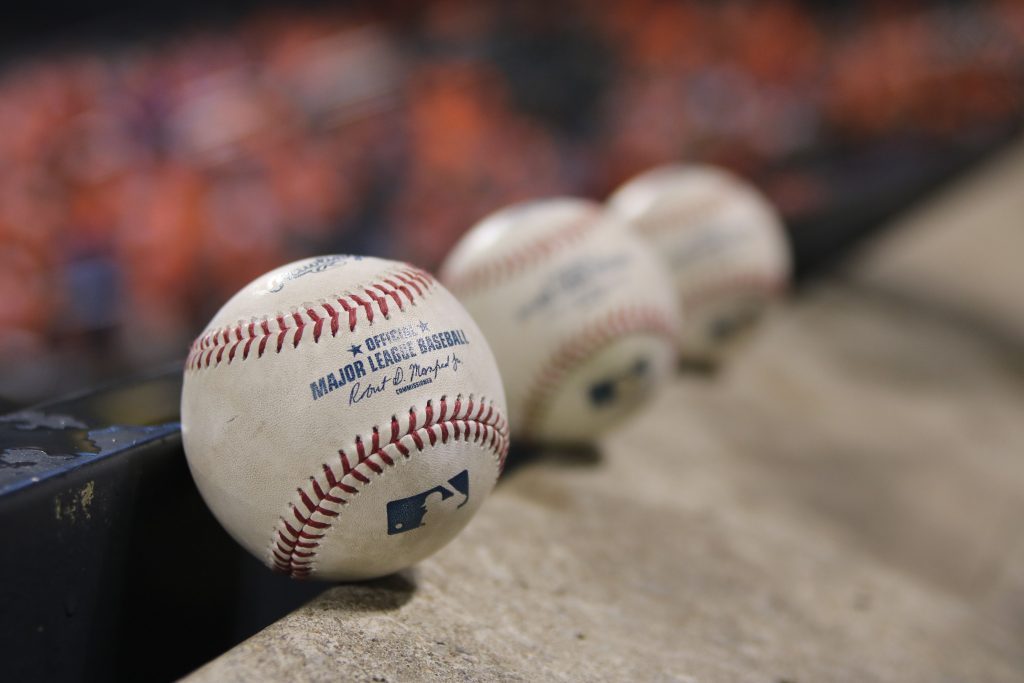
Ahead of the 2017 MLB season, the MLB and the MLBPA (Major League Baseball Players Association) officially passed the Collective Bargaining Agreement (CBA) that would last for the next 5 years. This guarantees some form of representation on behalf of the players in terms of their desires for changes within the rules of the league.
Tensions between the MLBPA and Commissioner, Rob Manfred, have only grown since the previous CBA was signed, most notably due to the lack of punishment given to the Houston Astros who were caught cheating in 2019. This has led to the MLB’s fourth official lockout, with the previous only lasting 32 days in 1990. The 2022 lockout that concluded on March 11 lasted 99 days, impacting the regular season.
It is widely accepted by members of the MLBPA and fans of the league that the lockout only occurred because Manfred wanted to create leverage in the bargaining decisions. MLB journalist Jeff Mount listed the following as a major reason for the debacle of the 2022 season: “He could have stopped treating the players like the enemy. Manfred made it clear from the start that he preferred stomping the union into submission to collaborating with it to improve the game.”
The lockout has made the gap between the MLB and other major sports organizations that much clearer and wider. The MLB has been constantly riddled with mismanagement within the clubs, doping allegations and a lack of marketing or pride on behalf of the clubs and the league as a whole.
The lockout brought the MLB back into the spotlight of the media, and renowned sports analyst, Stephen A. Smith, has begun to question the MLB’s relevancy in the grander scope of sports media. In the last decade, national ratings and revenue for the league have been trending downwards and it’s only getting worse. In fact, one of the main points discussed in the newly signed CBA was to raise the minimum salary, which was and still is the lowest of the major sports leagues.
The game of baseball is hailed as “America’s Pastime” with years of tradition and nostalgia that have kept its fans around for lifetimes. CJ Kelly from HowTheyPlay.com declares that “baseball is dead” with the following argument: “The average viewer on a local broadcast is over 55, and the average age of the season ticket holder is only slightly younger. Many defenders of the present state of the game would point to two issues to disprove my point: huge local TV deals and rising minor league attendance. That just proves my point further: The game is becoming regional in focus. A national apathy towards baseball is taking hold. Worst of all, kids are not playing anymore.”
It’s clear that Kelly understands the MLB’s need to adapt. If they can come up with an effective and broad marketing strategy that puts the league’s stars center stage, as well as different solutions to speed up the game such as a time limit between pitches, cheaper concessions and making regular-season games have value again, then it is entirely possible that the MLB can regain the popularity that the league had not too long ago.
